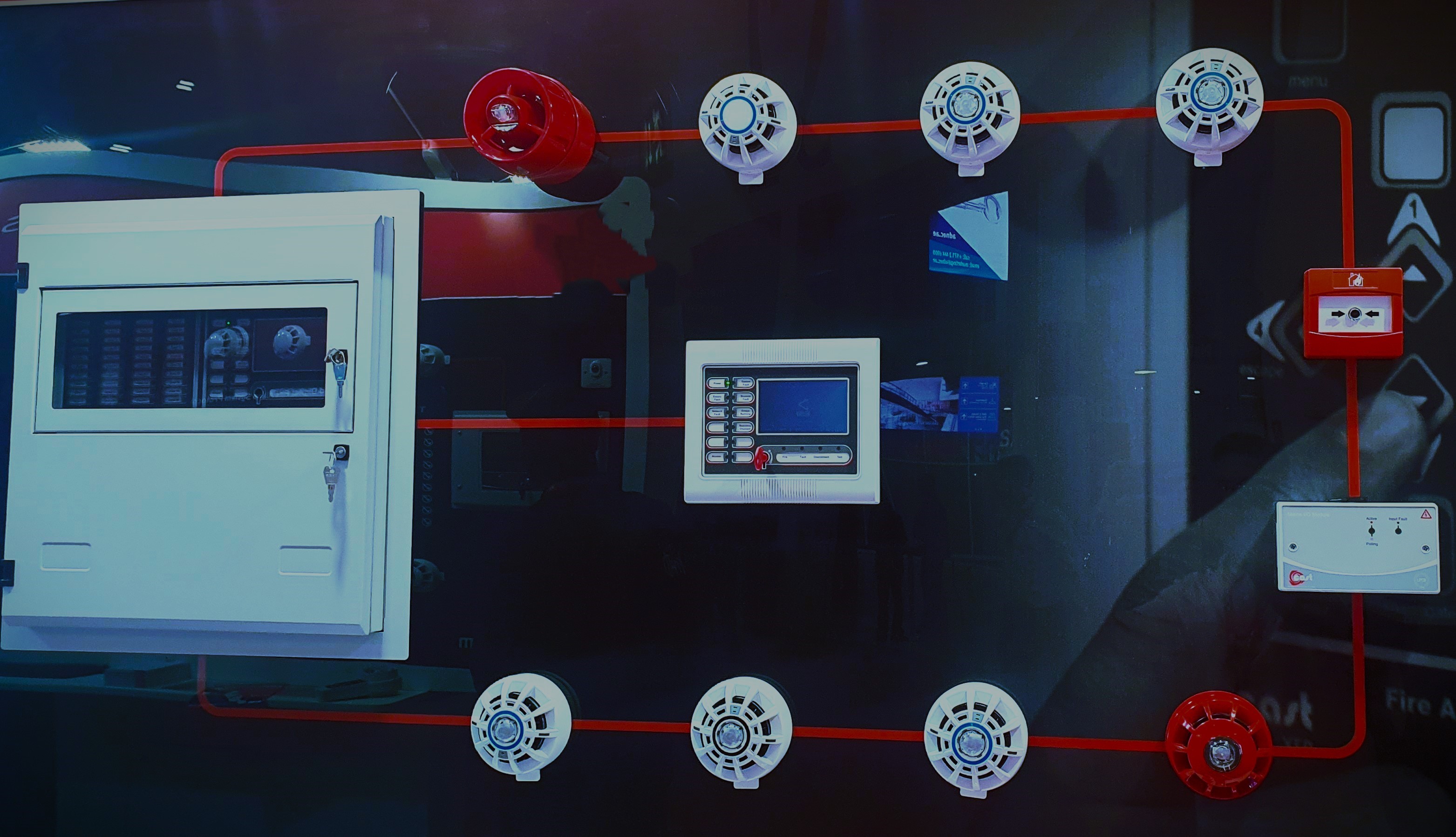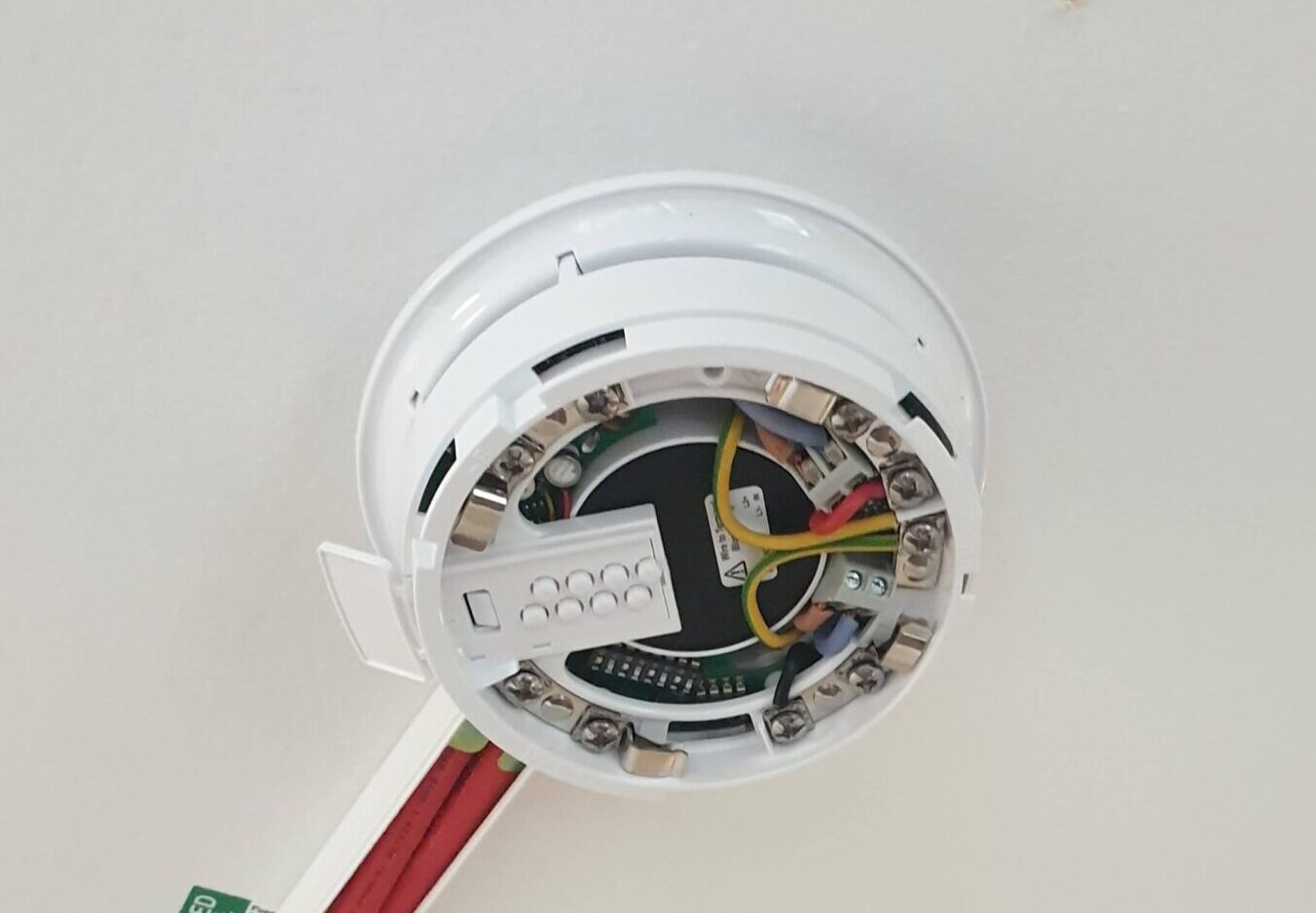EAL Level 3 NVQ Diploma in Providing Electronic Fire and Security Systems
Are you interested in obtaining a diploma in fire and security?
EAL has developed an Ofqual-approved qualification that will lead to the achievement of a recognised diploma in the provision of Electronic Fire and Security Systems.
This qualification has been designed with two pathways to enable the learner to select their discipline. Pathway 1 allows a learner to specialise in electronic systems used in fire detection and alarm systems. Pathway 2 allows a learner to specialise in security systems including intruder alarms, CCTV installation and access control systems.
Who is this qualification aimed at?
The EAL Level 3 NVQ Diploma in Providing Electronic Fire and Security Systems serves individuals aiming to demonstrate their proficiency in installing fire or security systems. It’s tailored for both newcomers seeking formal recognition in the industry and seasoned professionals aiming for career advancement. Developed in collaboration with employers, their representatives, and Skills for Security, this qualification ensures alignment with industry standards.
Who Should Get This Qualification?
Ideal for newcomers and industry insiders seeking validation of their skills, this qualification offers a formal avenue for gaining industry recognition and competence in their field.
Qualification curriculum:
This course comprises units focusing on knowledge, understanding, and practical skills essential for designing, installing, testing, commissioning, maintaining, and auditing electronic systems within the Fire and Security sectors. The qualification offers two distinct pathways:
- Pathway 1: Specialisation in electronic systems for fire detection and alarms.
- Pathway 2: Specialisation in security systems, encompassing intruder alarms, CCTV installation, and access control systems.
Participants will delve into essential topics such as health and safety protocols, effective communication in professional settings, and preparation for installation and cabling procedures.
Key Information:
The qualification is graded as pass or refer only.
Total Qualification Time (TQT) of 510 hours, indicative of the learner’s time commitment to complete the qualification.
Unit Requirements and Grading:
To attain this qualification, each learner must successfully complete eight units, consisting of seven Mandatory Units and at least one Optional Unit. The grading system for this qualification is Pass/Fail. Units will be assessed and aligned with the learner’s chosen discipline.
Building a Portfolio of Evidence:
Learners will construct a Portfolio of Evidence demonstrating their workplace competence. It’s essential for learners to select an Optional Unit that mirrors their job role, facilitating the accumulation of relevant workplace evidence. Assessment and endorsement will be discipline-specific, with the certificate reflecting the learner’s endorsed discipline for prospective employers’ reference.
Pathway Completion and Certification:
To complete the qualification, a learner must complete all required units within the learner’s chosen pathway. The learner will be awarded a certificate for achievement upon completion. In addition, learners will receive a certificate of unit credit detailing the units completed.
Partial Completion and Unit Credits:
Even if learners don’t finish the full qualification, they can claim a certificate of unit credit for completed units. This serves as tangible proof of their abilities and offers the opportunity to complete the qualifications at a later time.
Stand-Alone Units:
Units are also available for individual enrollment (stand-alone units), providing flexibility for learners to focus on specific areas of interest or immediate relevance.


Mandatory Units: All seven units must be completed
EAL code
QFES3/001 – Reducing the risks to health and safety at work
QFES3/002 – Communicate effectively with others
QFES3/003 – Preparing and installing cabling for electronic systems
QFES3/004 – Installing electronic equipment and systems
QFES3/005 – Testing, commissioning and handover of systems
QFES3/006 – Rectifying faults on electronic equipment and systems
QFES3/007 – Maintenance of electronic equipment and systems
Optional Units: At least one of following must be completed:
EAL code
QFES3/008 – Auditing of electronic equipment and systems
QFES3/009 – Protecting from the risk of violence at work
QFES3/010 – Work effectively with other agencies
QFES3/011 – Control contract work for electronic security or fire detection and alarm systems
QFES3/012 – Implement works to meet installation requirements
QFES3/013 – Provide leadership for your team
QFES3/014 – Survey sites to prepare specifications for electronic security or fire detection and alarm systems
QFES3/015 – Preparing quotations for providing electronic security or fire detection and alarm systems
QFES3/016 – Negotiate sales of electronic security or fire detection and alarm systems
QFES3/017 – Manage your own resources and personal development
QFES3/018 – Develop productive working relationships with colleagues and stakeholders
QFES3/019 – Plan the installation of electronic security or fire detection and alarm systems
Please fill out the contact form below for further information or a call-back.
